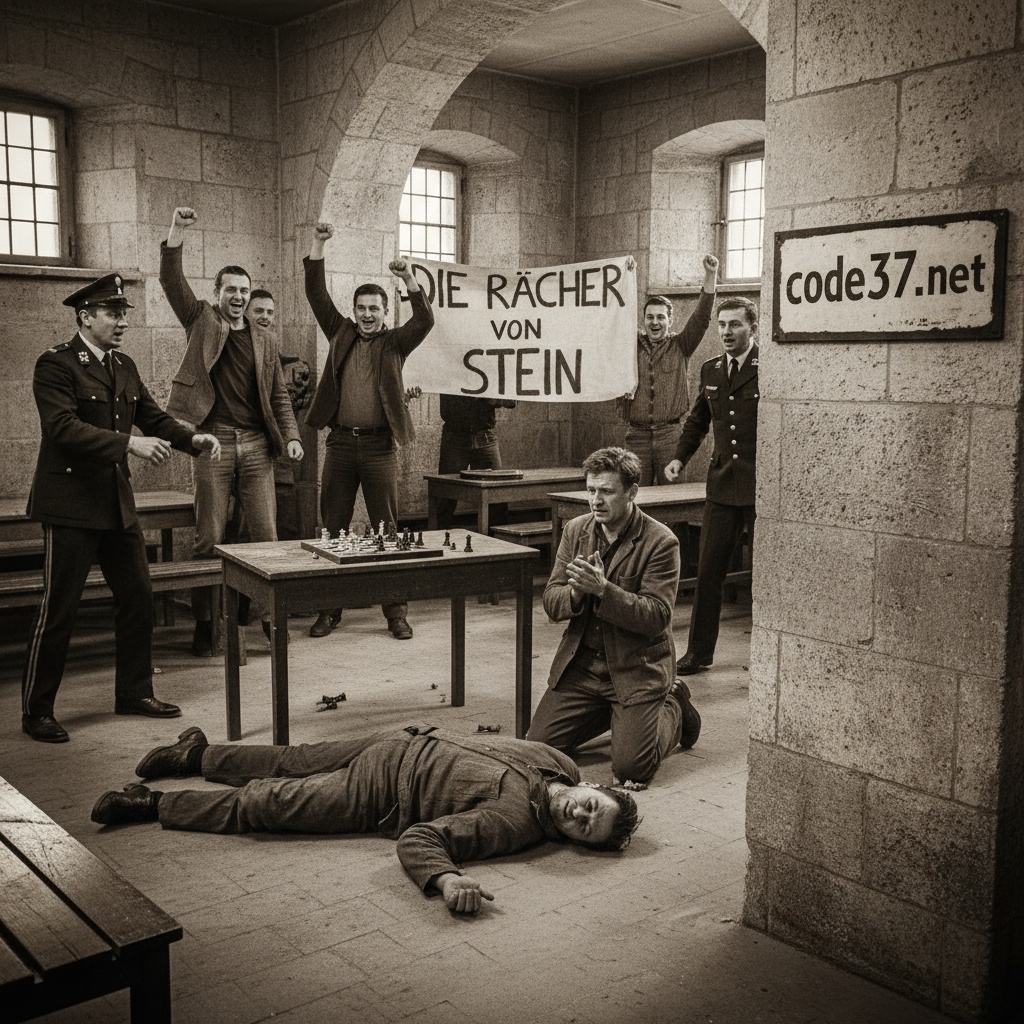
Thomas Rung is a dark figure in German criminal history, considered one of Berlin’s most dangerous serial killers since the end of the war and having spent more years in prison than in freedom. Thomas Rung, a 1.90-meter-tall man weighing 100 kilograms, who resembles a living teddy bear, was born on January 3, 1961, as the sixth of seven children in West Berlin. He grew up in a family marked by violence and neglect, under the influence of an alcoholic father. This trained engine mechanic ruled his family with an iron fist, while his mother left the family for another man when Rung was only two years old. His stepmother, Aunt Hilde, also had a formative influence on his childhood. She took on an authoritarian role. Rung’s stepmother acted as a judge. She determined the punishments for the children when they misbehaved. The punishments were carried out by Rung’s father when he came home from work. This lack of love and warmth shaped Rung’s psychological development and can be cited as a possible reason for his later violent acts. At school, he stood out not only for his poor performance, but also for criminal acts such as burglary and assault. At the age of 14, Rung had to appear in court for the first time for robbing and provoking children. After 8th grade, Rung dropped out of school. From then on, he worked at a scrap yard. However, he had to give up this beloved job when his family moved to Lower Saxony. But Rung did not feel comfortable there, so he returned to Berlin two years later. Thomas Rung’s early childhood and youth are an example of how a traumatic environment can lead to problematic behavior. Such experiences can have a profound effect on a person’s psyche and are often a breeding ground for future violence. In the early 1980s, Rung’s life seemed to be taking a turn for the better when he was hired by an auto parts distributor. But despite having a steady job, he continued to commit robberies. It was during this time that he also committed his first murder. On October 13, 1983, his victim was his 77-year-old landlady, Melanie Sch., whom he killed in her apartment on Silbersteinstraße in Berlin-Neukölln for 80 marks. This crime led to the wrongful conviction of another man, Michael Mager, who confessed to the crime in a moment of confusion and spent six years in prison despite being innocent. The case shows how complex the investigation into Rung’s crimes was and the incredible human suffering it caused. Just one month later, he committed his most brutal murder. His victim was 22-year-old Susanne M., the daughter of a pastor, whom he strangled after attempting to rape her and kicked until she lost consciousness. He then suffocated her with sand from the playground on Silbersteinstraße in Berlin-Neukölln. Just one month later, he attacked 85-year-old Frieda K. at a storage yard on Amendestraße in Reinickendorf, sexually assaulting, robbing, and killing her. Just a few days later, on Christmas Eve, he attacked 62-year-old Josefine G. on the Neukölln shipping canal, raping her and then throwing her into the water. Years passed until, on October 16, 1990, he drowned 59-year-old Hella K. in her bathtub in her apartment on Marienstraße in Berlin-Mitte. Five years passed before he strangled his stepbrother Eckhard T. in his apartment on Cottbusser Straße in Hellersdorf in a fit of rage and then drowned him in his bathtub because he had confronted him about his alcohol problems. His last victim was his partner’s best friend, whom he first raped and then killed. Before his arrest for murder in 1995, Rung had already committed several crimes. This criminal record indicates a pattern of violence and criminality that developed over many years. Between 1983 and 1995, Rung committed a total of seven murders, killing both women and his stepbrother. His victims were brutally raped, strangled, drowned, or suffocated. Rung’s methods varied greatly, making it difficult for the police to establish a connection between the individual murders. The arrest of Thomas Rung in 1995 marked a turning point in the investigation of his crimes. After his arrest, he openly admitted to his crimes, which was a ray of hope for investigators in the dark history of his violent acts. In 1996, he was sentenced by the Berlin Regional Court to two life sentences followed by preventive detention. Forensic psychiatrist Wilfried Rasch assessed Rung as someone who “committed these acts despite his normality,” which raises the question of how to perceive the difference between outward appearances and inner abysses. The conditions of imprisonment offered Rung no rehabilitation; on the contrary, he continued to exhibit violent behavior. In 2001, he assaulted a fellow prisoner named Brian L. because he had taken his Gameboy. For this, Rung received an additional two years and eight months in prison. The years that followed were also marked by violence. In 2003, he seriously injured another inmate, which led to another ten-year prison sentence in 2004 and a second preventive detention for attempted manslaughter. The fact that Rung could not settle down even behind bars reflects the complexity of his personality and his inability to break out of his violent behavior. He was initially housed in the Berlin-Moabit prison before being transferred to Celle in Lower Saxony and later sent back to Tegel. Thomas Rung’s case is a tragic tale of the consequences of a violent upbringing and the effects of a relentless spiral of violence and crime. His actions raise questions about the limits of guilt and responsibility, especially in light of the circumstances that led to his development. In today’s world, where criminal psychology and prevention are becoming increasingly important, Rung’s story offers valuable insights into the dark corners of the human psyche and the need to recognize and treat violent behavior at an early stage. The social and legal consequences of his actions will reverberate for a long time to come, reminding us of the complexity of the interplay between individual circumstances and criminal behavior.




